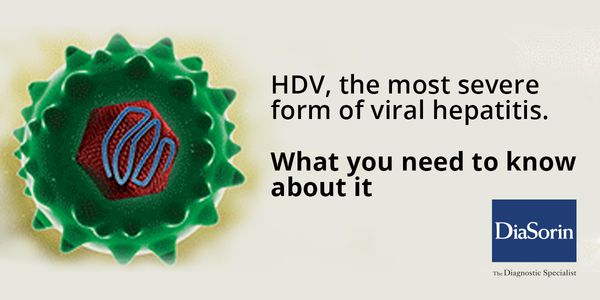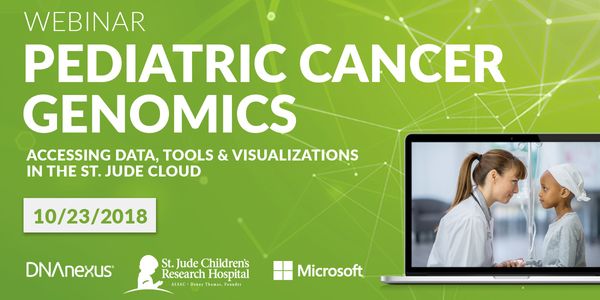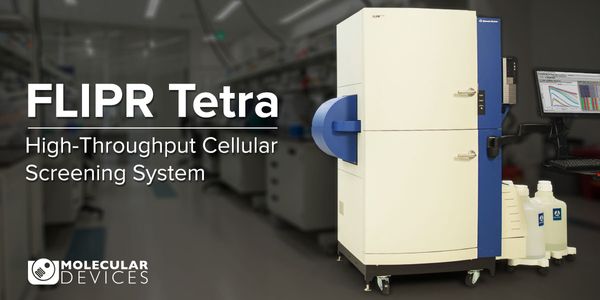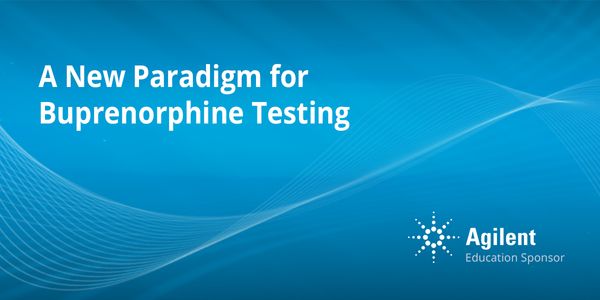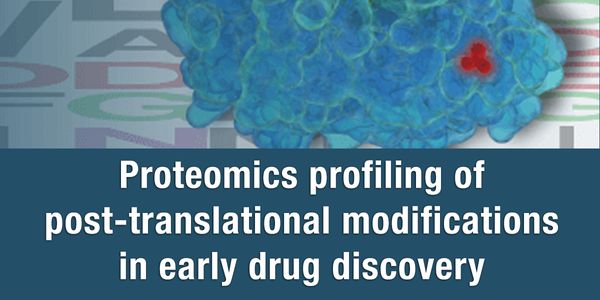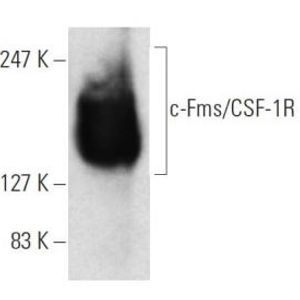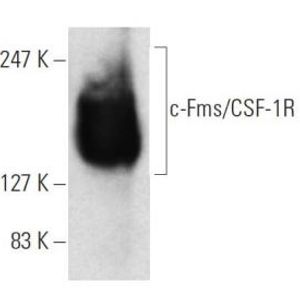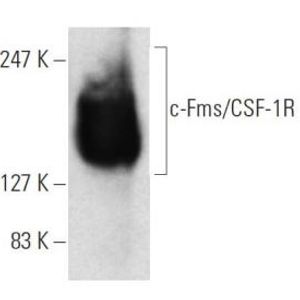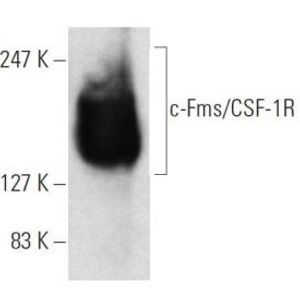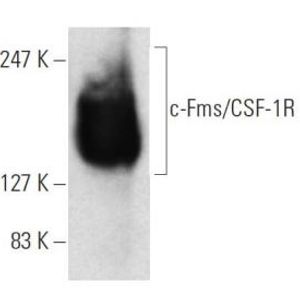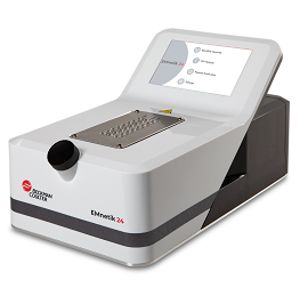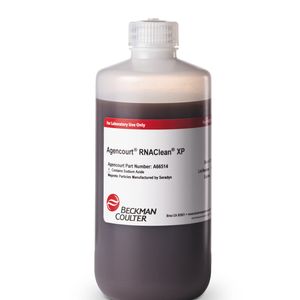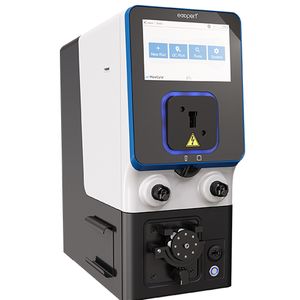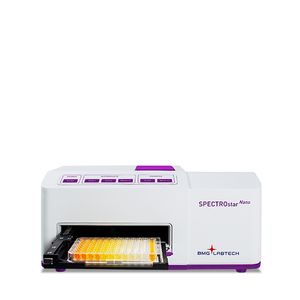Drug Discovery & Development Webinars
Browse our archive of webinars on pharmaceutical and biomedical research from collaborations between pharmaceutical companies, government, biotechnology companies and academia to create new drug discovery opportunities.
Show More
-
NOV 27, 2018 | 8:00 AMDATE: November 27, 2018TIME: 8:00am PTHigh-resolution, accurate-mass (HRAM) mass spectrometers (MS) are a class of MS instrumentation with capability to resolve complex sample matr...
-
NOV 27, 2018 | 1:00 AMDATE: November 27, 2018TIME: 1:00am PTHigh-resolution, accurate-mass (HRAM) mass spectrometers (MS) are a class of MS instrumentation with capability to resolve complex sample matr...
-
NOV 21, 2018 | 9:00 AMDATE: November 21,2018TIME: 09:00am PST, 12:00pm EST Vaginal infections are a source of considerable morbidity among women. It is estimated that there are more than 10...
-
NOV 15, 2018 | 8:00 AMDATE: November 15, 2018TIME: 11:00am EST, 5:00pm CET Applications of micro-CT technology in endodontics Abstract ...
-
NOV 15, 2018 | 6:00 AMDATE: November 15,2018TIME: 06:00am PST, 09:00am EST, 3:00pm CET Hepatitis D virus (HDV) is a unique RNA virus that requires the hepatitis B surface antigen (HBsAg) to...
-
NOV 15, 2018 | 1:00 AMDATE: November 15, 2018TIME: 10:00am CET, 5:00pm CST Applications of micro-CT technology in endodontics Abstract Microcomputed tomography (mic...
-
OCT 30, 2018 | 10:00 AMDATE: October 30, 2018TIME: 10:00am PT, 1:00pm ET Identification and quantification of post-translational modifications (PTM) presents a unique challenge to proteomic studies...
-
OCT 30, 2018 | 9:00 AMDATE: October 30, 2018TIME: 9:00AM PSTMass spectrometry-based proteomics is a rapidly growing area of research that provides useful information for many fields including basi...
-
OCT 23, 2018 | 10:00 AMDATE: October 23, 2018TIME: 10:00am PDT, 1:00pm EDT Next-generation genomic sequencing is transforming what is known about pediatric cancer and how we treat patients. But eve...
-
OCT 23, 2018 | 7:00 AMDATE: October 23, 2018TIME: 7:00AM PDTHigh Throughput Screening for the European Lead Factory (ELF) has been performed at Pivot Park Screening Centre (PPSC). 72 HTS campaigns have...
-
OCT 09, 2018 | 8:00 AMDATE: October 9, 2018TIME: 08:00am PDT, 11:00pm EDT Have you ever wondered what to consider when you are selecting ancillary materials for your cell therapy clinical research...
-
SEP 18, 2018 | 7:00 AMDATE: September 18, 2018TIME: 07:00am PDT, 2:00pm GMT Next Generation Sequencing has become an essential tool in clinical diagnostic laboratories, however this technolo...
-
SEP 11, 2018 | 7:00 AMDATE: September 11, 2018TIME: 07:00AM PDTWith increasing safety requirements, and time and financial pressure, the development of new drugs, and the execution of basic research p...
-
SEP 05, 2018 | 8:00 AMDATE: September 5, 2018TIME: 8:00AM PDTA New Paradigm for Buprenorphine TestingBuprenorphine (BUP) is a partial mu-agonist synthetic opioid, an important drug for treating opio...
-
AUG 15, 2018 | 8:00 AMDATE: August 15, 2018TIME: 08:00AM PDT, 11:00AM EDTThe failure of current chemotherapeutic strategies in the fight against cancer can be largely attributed to the occurrence of drug res...
-
AUG 09, 2018 | 7:00 AMWith the advent of cost effective culturing approaches, 3D cell culture models (3D-CCMs) have been rapidly adopted for drug discovery since they provide a more physiologically relevant micro-...
-
JUL 18, 2018 | 9:00 AMDoes your work require you to freeze dry samples? Are your results inconsistent? Is your freeze dry cycle taking too long? Learn how to optimize your lyophilization process. This webinar will...
-
MAY 24, 2018 | 9:30 AMDATE: May 24, 2018 TIME: 9:30PM PDT The current gold standard in in vitro pre-clinical cancer treatment screening remain cell lines,...
-
MAY 22, 2018 | 8:00 AMDATE: May 22, 2018TIME: 08:00AM PDT The nuclear receptors pregnane X receptor (PXR) and constitutive androstane receptor (CAR) are closely related transcription factors that...
-
MAY 17, 2018 | 9:00 AMDATE: May 17, 2018TIME: 9:00AM PSTLearn how to provide the greatest protection for you and your evidence with the latest enclosures designed specifically for forensic labs. This w...
-
APR 17, 2018 | 8:00 AMDATE: April 17, 2018TIME: 8:00AM PST, 11:00AM ESTRecently, much research has focused on obtaining 3D brain organoids in an attempt to better recapitulate brain development and function...
-
MAR 27, 2018 | 9:00 AMDATE: March 27, 2018TIME: 09:00am PST, 12:00pm EST...
-
Antibody drug conjugates (ADCs) represent a novel method to deliver a drug to diseased cell using the specific antigen-binding capability and internalization process. Antibodies that do not i...
GPCRs constitute the largest receptor family in the human genome. Over the years they have proven themselves to be druggable targets accounting for about 1/3 of all drugs on the market today....
Structure based drug design is now well established as a highly efficient approach in pharmaceutical research. The approach uses atomic level detail structures of target proteins, most...
There is an acute shortage of organs due to disease, trauma, congenital defects, and most importantly, age related maladies. The synthetic materials used in tissue engineering applications to...




